Welcome, fellow fleet managers and trucking enthusiasts! Today, we’re diving into a topic that’s near and dear to every trucking company’s bottom line: fuel efficiency. As the cost of fuel continues to fluctuate, finding ways to maximize efficiency not only helps reduce operating expenses but also minimizes environmental impact. So, let’s rev up our engines and explore some strategies for fueling success in your fleet.
- Invest in Fuel-Efficient Vehicles: The journey toward greater fuel efficiency begins with the right equipment. When adding new trucks to your fleet, prioritize models with advanced fuel-saving technologies, such as aerodynamic designs, low-rolling-resistance tires, and fuel-efficient engines. While the upfront cost may be higher, the long-term savings in fuel expenses will more than make up for it.
- Embrace Telematics and IoT: Harness the power of technology to gain insights into your fleet’s fuel consumption patterns. Telematics systems and Internet of Things (IoT) devices can provide real-time data on factors like vehicle speed, idling time, and route efficiency. By analyzing this information, you can identify areas for improvement and implement targeted strategies to optimize fuel usage.
- Prioritize Driver Training: The behavior of your drivers plays a significant role in fuel efficiency. Provide comprehensive training programs that educate drivers on fuel-saving techniques, such as smooth acceleration and deceleration, maintaining steady speeds, and avoiding unnecessary idling. Encourage a culture of eco-driving within your organization, where fuel-conscious habits are celebrated and rewarded.
- Optimize Routing and Scheduling: Efficient route planning is key to minimizing fuel consumption and maximizing productivity. Utilize route optimization software to identify the most fuel-efficient paths for your trucks, taking into account factors like traffic patterns, road conditions, and delivery schedules. By reducing unnecessary miles and idle time, you can trim fuel costs while improving overall fleet performance.
- Monitor and Maintain Vehicles: Regular maintenance is essential for keeping your fleet operating at peak efficiency. Implement a proactive maintenance schedule that includes tasks like engine tune-ups, tire inspections, and air filter replacements. By addressing issues promptly and ensuring that vehicles are running smoothly, you can prevent fuel-wasting problems and prolong the lifespan of your equipment.
- Manage Fuel Usage: Implement fuel management practices to track and control fuel consumption across your fleet. Consider using fuel cards or fleet fueling stations to monitor purchases and prevent unauthorized use. Take advantage of fuel efficiency incentives and rewards programs offered by fuel suppliers and government agencies to further reduce costs and encourage sustainable practices.
- Embrace Alternative Fuels and Technologies: Explore alternative fuel options, such as biodiesel, compressed natural gas (CNG), or electric vehicles, as part of your long-term sustainability strategy. These alternative fuels offer environmental benefits and can help diversify your fuel portfolio, reducing dependence on traditional petroleum-based fuels.
By implementing these strategies and fostering a culture of fuel efficiency within your organization, you can drive significant savings while also reducing your carbon footprint. Remember, every gallon saved is a step toward a more sustainable and profitable future for your fleet. So, let’s put the pedal to the metal and lead the way toward a greener, more efficient tomorrow!
RECENT POST:




